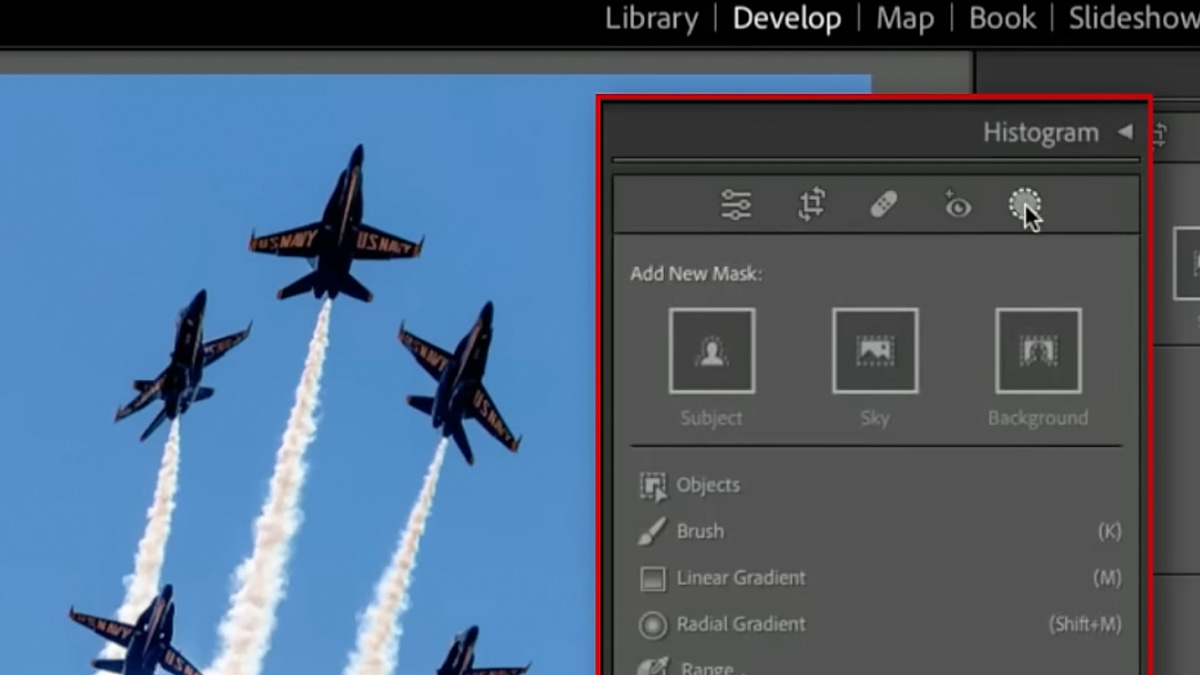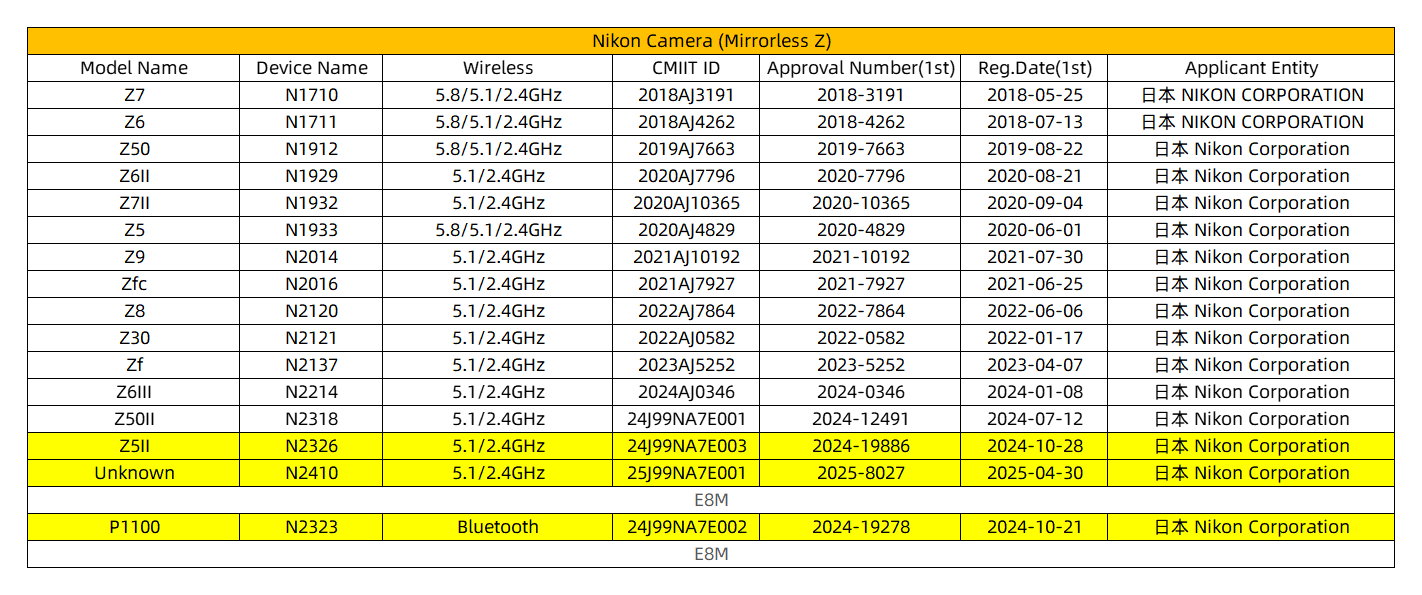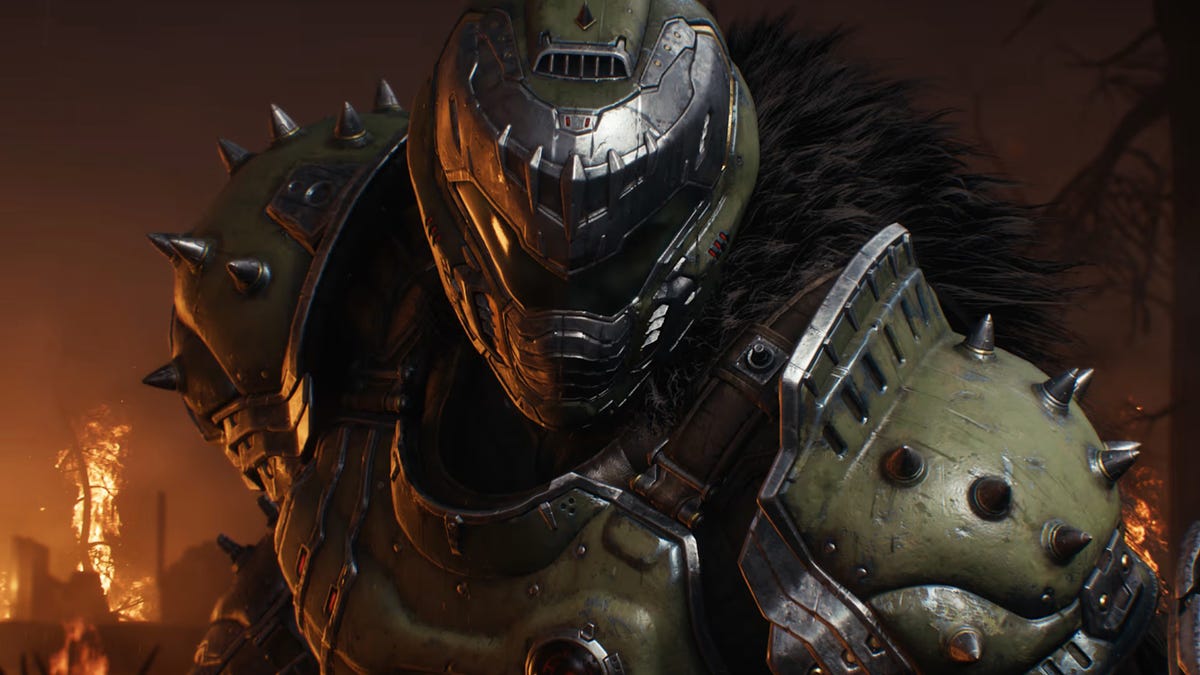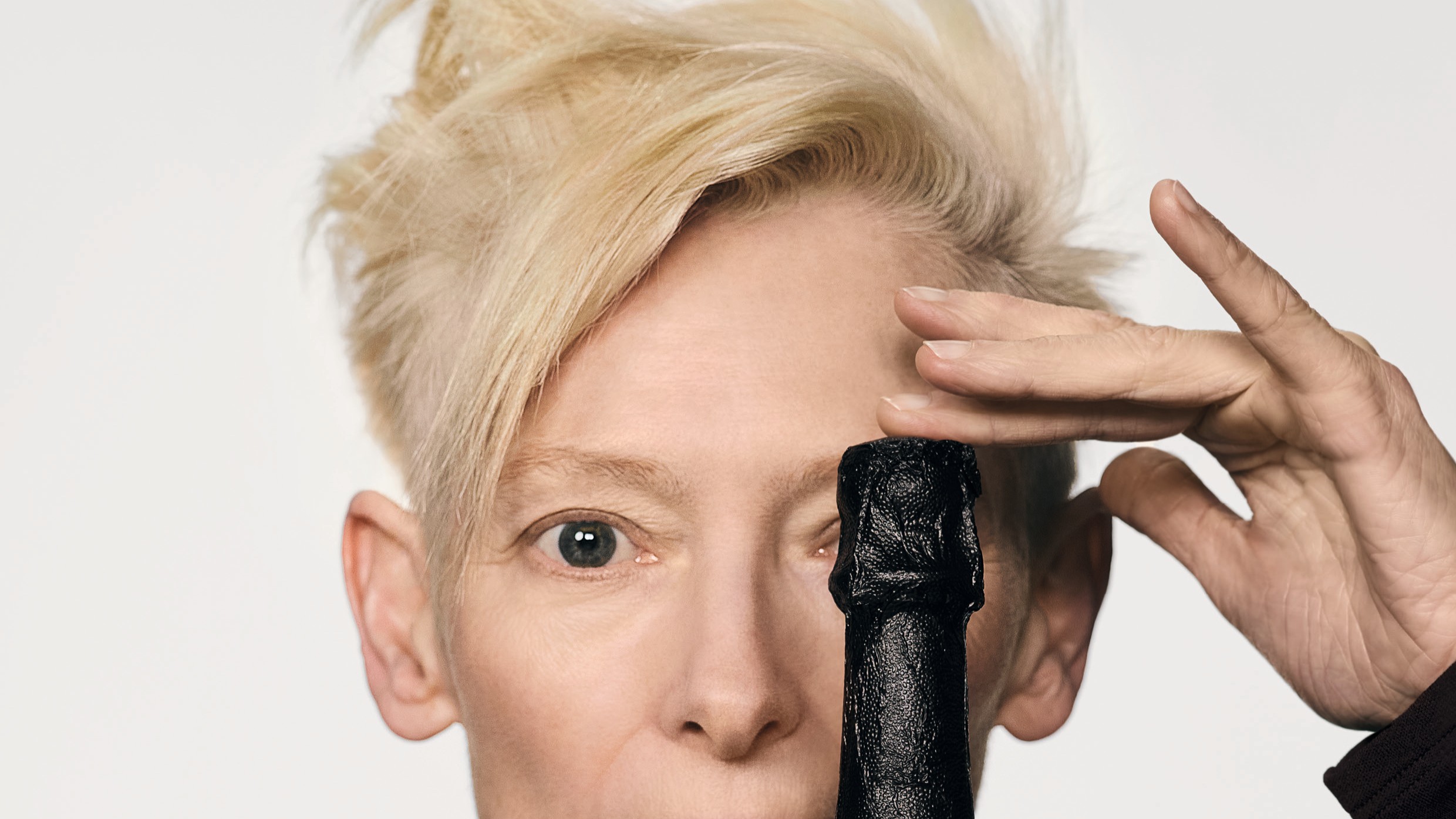Doom The Dark Ages Pandemonium and Ultra Nightmare difficulties explained
Doom: The Dark Ages has several difficulty levels that cause enemies to hit harder, your parry window to decrease, and even have a one-life limit. The difficulty you pick depends entirely on your preferences, but knowing what each option entails can help make the choice a little easier. Table of contents Doom: The Dark Ages difficulty levels explained What is Pandemonium? What is Ultra Nightmare mode? How to change your difficulty level in Doom: The Dark Ages Doom: The Dark Ages difficulty levels explained There are two parts to Doom: The Dark Ages' difficulty levels: your initial preset choices, and modifiers you can tweak later. That way, you can stick with the game's default choices, make your current challenge slightly easier, or create a more challenging playthrough. Below are the six default settings you can pick in Doom: The Dark Ages: Aspiring Slayer Hurt Me Plenty Ultra-Violence Nightmare Pandemonium Ultra-Nightmare Screenshot by Destructoid After choosing an option, you can customize it before you start the game. You can modify your Parry Window, enable enhanced targeting and empowered attacks, and reduce the damage you and the demons take. That way, if Nightmare's default settings are still too easy or Aspiring Slayer is a little too tough, you can change them to fit your preference. This'll change their name to have an "(M*)" symbol next to the difficulty's name, indicating that you modified it in some way. In Doom: The Dark Ages, Nightmare is considered a standard challenging difficulty with a tight parry window and aggressive enemies that hit harder. If you want to take the challenge a step further, you can switch to Ultra-Nightmare and Pandemonium for some unique modifiers. What is Pandemonium? Screenshot by Destructoid Pandemonium mode has the same Parry Window, enemy aggression, and damage modifiers as Nightmare. However, it adds a modifier that only lets you restart chapters using Life Sigils, limiting the number of times you can reset your progress or die. It isn't quite a one-life hardcore mode run, but it does encourage you to look out for Life Sigils and carefully watch your health so you don't die repeatedly. What is Ultra Nightmare mode? Screenshot by Destructoid Like Pandemonium mode, Ultra-Nightmare has the same base modifiers as Nightmare. However, Ultra-Nightmare is a hardcore mode, giving you only one life to complete Doom: The Dark Ages' entire campaign. Life Sigils will heal the Slayer, but they won't revive you or let you reset your chapter, unlike in Pandemonium. You'll also only save your progress with each chapter completion, forcing you to restart from the beginning of the chapter if you leave partway through. How to change your difficulty level in Doom: The Dark Ages Although Doom: The Dark Ages has some limitations with changing your difficulty, you can modify it at any point by heading into the Pause menu, navigating to Settings, and scrolling through the top bar until you find Difficulty. Here, you'll find the same modifiers from before you began your playthrough, letting you tweak your parry window and damage output to make the experience easier or more challenging, depending on your preferences. Screenshot by Destructoid There are a few limits to this. If you select Pandemonium or Ultra-Nightmare, you can't switch back to easier difficulties. Similarly, beginning with any difficulty between Aspiring Slayer and Nightmare locks you to the top four options, preventing you from attempting Pandemonium and Ultra-Nightmare halfway through the run. Aside from this, you can swap between Aspiring Slayer, Hurt Me Plenty, Ultra-Violence, and Nightmare whenever you wish. The post Doom The Dark Ages Pandemonium and Ultra Nightmare difficulties explained appeared first on Destructoid.


Doom: The Dark Ages has several difficulty levels that cause enemies to hit harder, your parry window to decrease, and even have a one-life limit. The difficulty you pick depends entirely on your preferences, but knowing what each option entails can help make the choice a little easier.
Table of contents
Doom: The Dark Ages difficulty levels explained
There are two parts to Doom: The Dark Ages' difficulty levels: your initial preset choices, and modifiers you can tweak later. That way, you can stick with the game's default choices, make your current challenge slightly easier, or create a more challenging playthrough.
Below are the six default settings you can pick in Doom: The Dark Ages:
- Aspiring Slayer
- Hurt Me Plenty
- Ultra-Violence
- Nightmare
- Pandemonium
- Ultra-Nightmare

After choosing an option, you can customize it before you start the game. You can modify your Parry Window, enable enhanced targeting and empowered attacks, and reduce the damage you and the demons take. That way, if Nightmare's default settings are still too easy or Aspiring Slayer is a little too tough, you can change them to fit your preference. This'll change their name to have an "(M*)" symbol next to the difficulty's name, indicating that you modified it in some way.
In Doom: The Dark Ages, Nightmare is considered a standard challenging difficulty with a tight parry window and aggressive enemies that hit harder. If you want to take the challenge a step further, you can switch to Ultra-Nightmare and Pandemonium for some unique modifiers.
What is Pandemonium?

Pandemonium mode has the same Parry Window, enemy aggression, and damage modifiers as Nightmare. However, it adds a modifier that only lets you restart chapters using Life Sigils, limiting the number of times you can reset your progress or die. It isn't quite a one-life hardcore mode run, but it does encourage you to look out for Life Sigils and carefully watch your health so you don't die repeatedly.
What is Ultra Nightmare mode?

Like Pandemonium mode, Ultra-Nightmare has the same base modifiers as Nightmare. However, Ultra-Nightmare is a hardcore mode, giving you only one life to complete Doom: The Dark Ages' entire campaign. Life Sigils will heal the Slayer, but they won't revive you or let you reset your chapter, unlike in Pandemonium. You'll also only save your progress with each chapter completion, forcing you to restart from the beginning of the chapter if you leave partway through.
How to change your difficulty level in Doom: The Dark Ages
Although Doom: The Dark Ages has some limitations with changing your difficulty, you can modify it at any point by heading into the Pause menu, navigating to Settings, and scrolling through the top bar until you find Difficulty. Here, you'll find the same modifiers from before you began your playthrough, letting you tweak your parry window and damage output to make the experience easier or more challenging, depending on your preferences.

There are a few limits to this. If you select Pandemonium or Ultra-Nightmare, you can't switch back to easier difficulties. Similarly, beginning with any difficulty between Aspiring Slayer and Nightmare locks you to the top four options, preventing you from attempting Pandemonium and Ultra-Nightmare halfway through the run. Aside from this, you can swap between Aspiring Slayer, Hurt Me Plenty, Ultra-Violence, and Nightmare whenever you wish.
The post Doom The Dark Ages Pandemonium and Ultra Nightmare difficulties explained appeared first on Destructoid.



















































































































































































.jpg)












































































